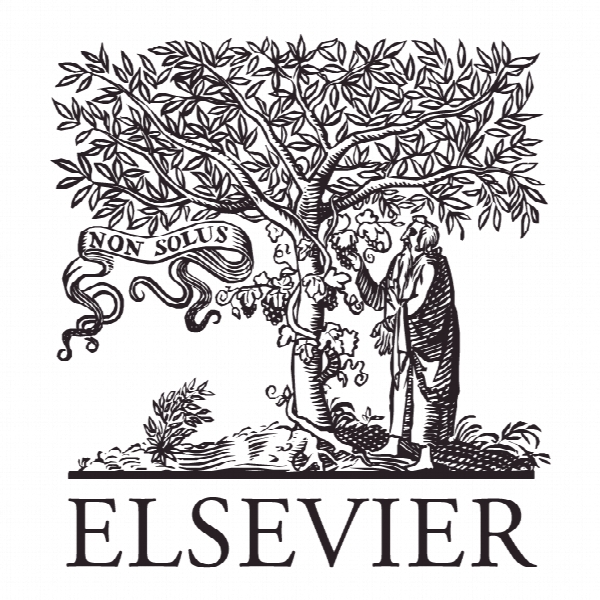ایده آلیستی و تضاد: تصاویری جدید از کارشناسان روابط عمومی در فیلم Idealistic and conflicted: New portrayals of public relations practitioners in film
- نوع فایل : کتاب
- زبان : انگلیسی
- ناشر : Elsevier
- چاپ و سال / کشور: 2017
توضیحات
رشته های مرتبط علوم ارتباطات اجتماعی
گرایش های مرتبط روابط عمومی
مجله بررسی روابط عمومی – Public Relations Review
دانشگاه اوکلاهما، ایالات متحده
نشریه نشریه الزویر
گرایش های مرتبط روابط عمومی
مجله بررسی روابط عمومی – Public Relations Review
دانشگاه اوکلاهما، ایالات متحده
نشریه نشریه الزویر
Description
Portrayals of public relations practitioners in film The public relations profession is often portrayed negatively in popular culture (Miller, 1999; Saltzman, 2011; Spicer, 1993). Television and movies have contributed to the impression that public relations practitioners are mostly dishonest, manipulative “spin-doctors” (Dennison, 2012). Public relations professionals have good reasons to care how they are portrayed in film and fiction because these portrayals are likely to affect the reputation of the profession. First, a fictional narrative can help us understand the patterns of culture in which professionals may operate because stories “instantiate and localize what is conventionally expected in a culture” and they “illustrate the troubles and the perils that the conventionally expected may produce” (Bruner, 2006, p. 232). Narratives can also enable viewers to envision a subjunctive reality (“whatif. . .”). According to Vandermeersche, Soetaert, and Rutten (2013), films, as the most popular stories in our culture, have gained the status of authoritative sources of information. As such, films may provide valuable insight into public’s perceptions of any profession. Scull and Peltier (2007) argued that movies contain patterns of meaning that may “hold explanatory power” (p. 13). Thus, analysis of portrayal of public relations practitioners in film can reveal the patterns of how our society perceives these professionals. These portrayals may also affect the public relations practitioners’ perceptions of their own profession as individuals can use symbolic resources “to construct their own identities and define their own lifestyles” (Buckingham, 2003, p. 159). Cultivation theory (Cohen & Weimann, 2000; Gerbner, 1998) suggests that if audiences are consistently exposed to an unflattering image of public relations over time, this image will become the mainstream perception of the profession. Some recent studies, however, have suggested that public relations portrayals may be getting better (Ames, 2010; Kinsky, 2011). This study analyzed the way recent films have represented characters in the field of public relations. The purpose was to extend Miller’s (1999) landmark study of public relations archetypes in fiction and to test the findings of Ames (2010) and Kinsky (2011) that suggested portrayals might be improving. An analysis of 10 major motion pictures revealed two images of public relations practitioners not previously described in the literature: the conflicted practitioner and the idealist. Based on the findings, we argue that the profession still receives mostly negative treatment. We offer several practical suggestions for improving the profession’s public image.


